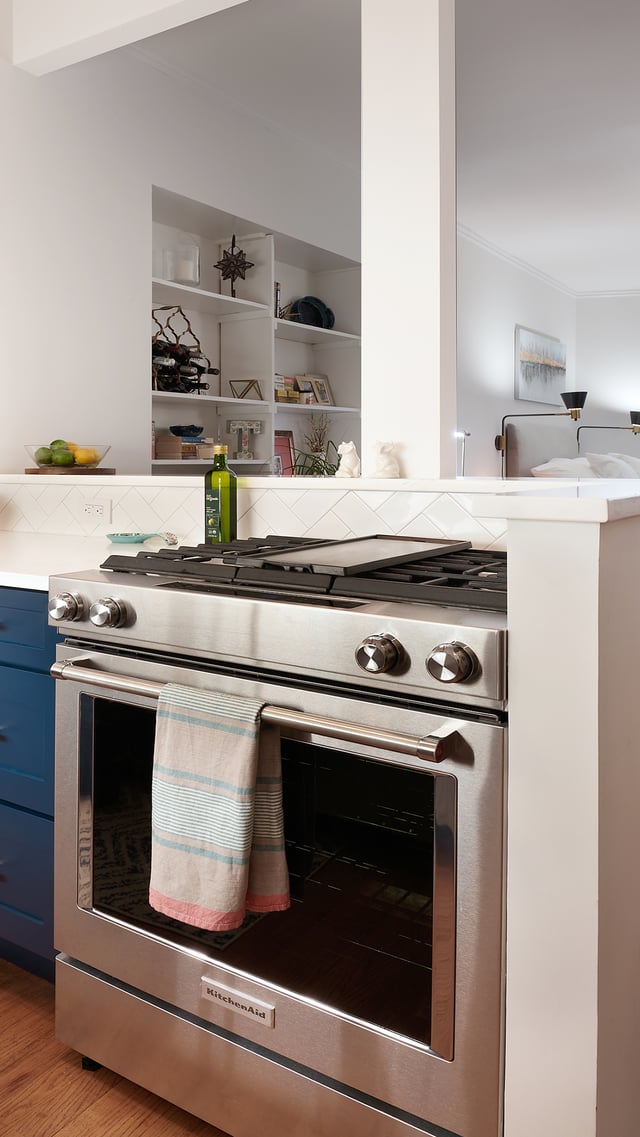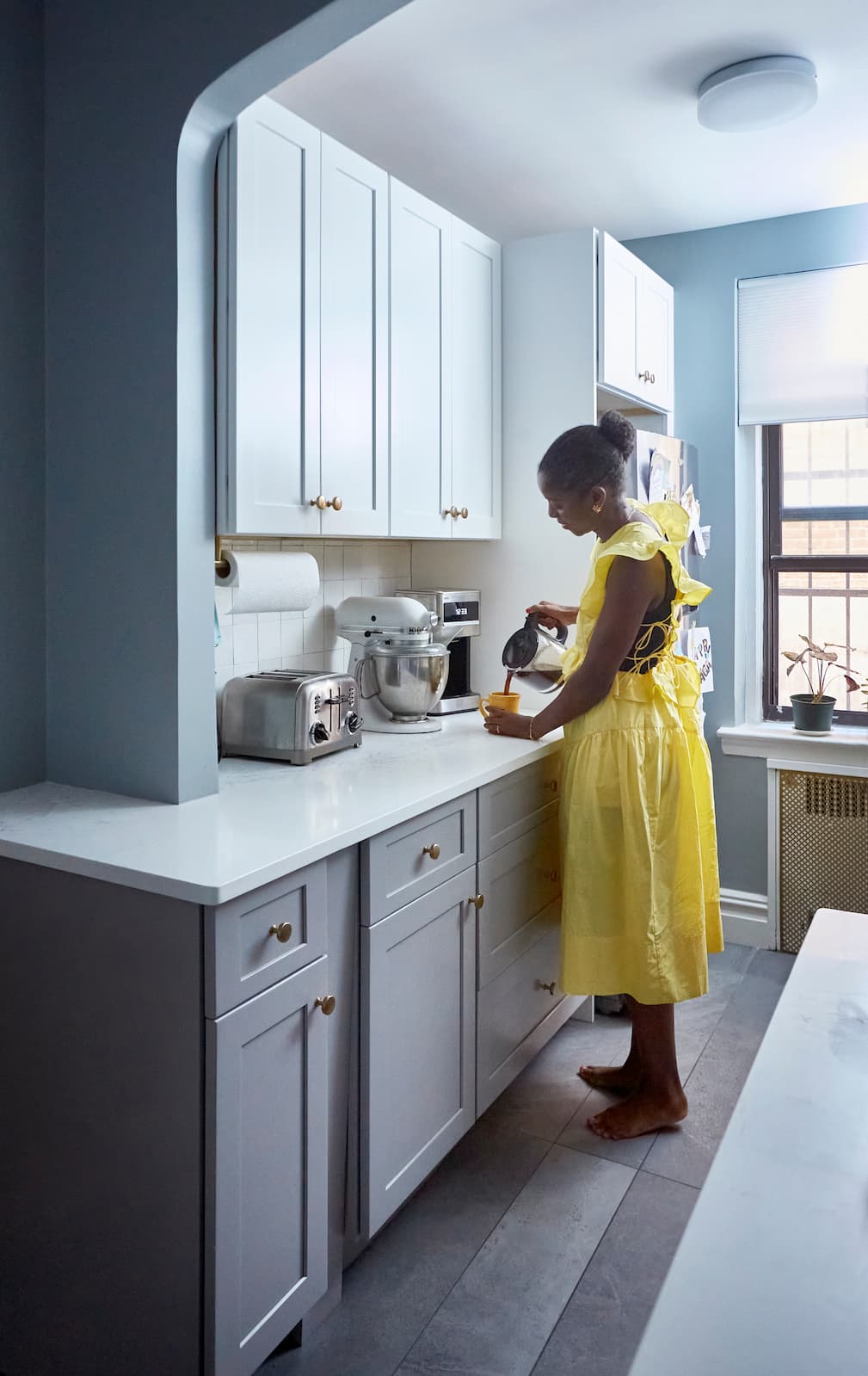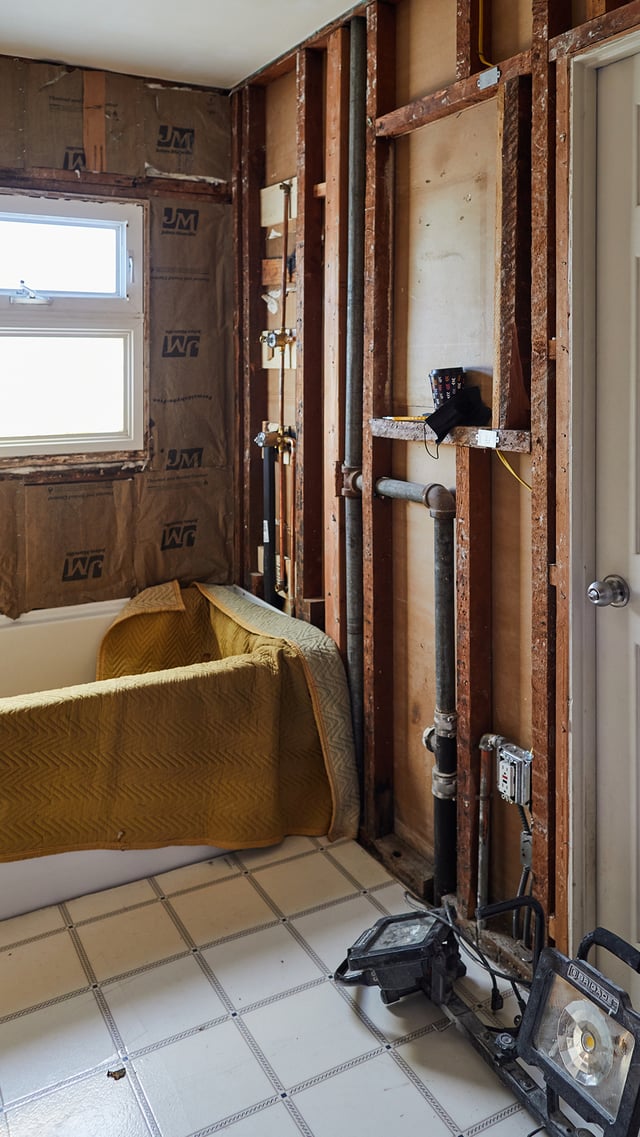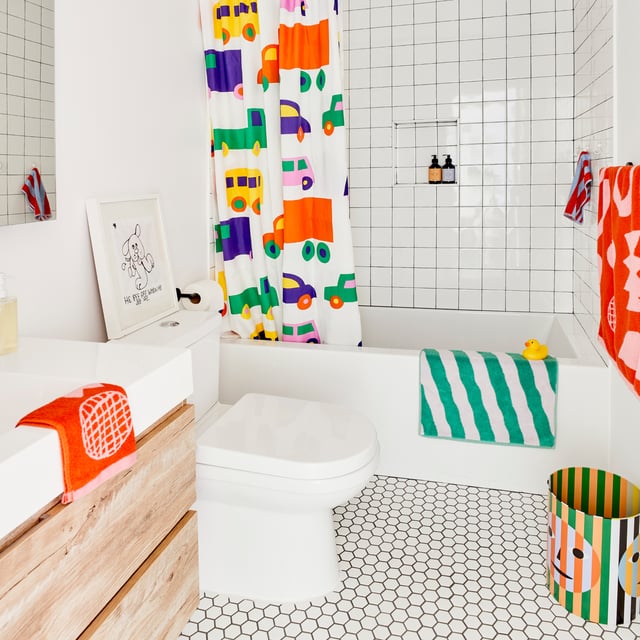
Contractors
Half Bathroom to Full Conversion: Costs, Permits & Designs
08.02.2025


In This Article
Ovens are a must-have kitchen appliance. They’re used for everything from heating up a quick dinner to baking the fanciest desserts for a party. While buying a new oven is a no-brainer (especially if yours is a few decades old), zeroing in on which one to buy and how to make space for it in your kitchen is a little trickier. In this guide, we will teach you how to pick the right oven and how to install it.
Before you head out and buy an oven, it’s essential to ensure it’s the right size for your space (this is even more important if you’re not replacing your cabinets or renovating from scratch).
The measurements depend on whether you’ll be installing a stand-alone oven or a wall oven. This is important because the former are usually larger than wall ovens and take up more space. A wall oven is also built-in into a kitchen’s cabinetry, while a stand-alone oven is surrounded by cabinets and comes with a built-in stove on top.
Measure the height, width, and depth of your oven opening carefully and note down the numbers as you go. Next, open the oven door, locate the screws that attach the oven to the cabinets, and remove them. At this point, you can also consider removing any cabinet trims to avoid damage to your cabinetry.
Pull the oven out an inch and measure from the top to the bottom and then from the left to the right edge of the cabinet opening. Next, measure the sides of the oven from the top to the bottom of the cabinet’s edges.
Based on the measurements you’ve taken and the size required for your new oven, determine if you’ll need to replace the existing cabinets and design new ones. If the new oven is similar in size to the old one, you’re in luck and can save yourself from the hassle of designing new cabinets. You can also consider trimming the old cabinets if you need to retrofit the new oven.
If you have existing cabinets in your kitchen that don’t fit your measurements, you may need to remove them. Before installing a kitchen cabinet and setting up your oven, you should create a plan and measure the space. Measure the walls, doors, and windows near the area where the cabinet will be installed. This is crucial to ensure that you utilize your kitchen space efficiently.
Before removing the cabinets, turn off the kitchen’s electricity, gas, and plumbing supply lines. Then, remove the doors and drawers from the cabinet and proceed to disconnect any appliances. Finally, you can remove the screws from the face frames of the cabinets and unscrew them from the wall.
Once you’ve successfully and safely removed the old cabinets, it’s time to prepare the area for installing new ones. You can consider repairing the walls by smoothing any holes and applying coats of paint to the area.
Pro Tip: Always install the upper cabinets before the lower cabinets. This will help you avoid the awkwardness of working over the lower cabinets and, more importantly, risking any damage to yourself and your kitchen in the process.
Before installing an oven, you must turn off the circuit breaker that supplies electricity to that specific cabinet. You can also consider putting some tape over the circuit breaker. This will prevent it from being accidentally switched on by anyone. If you’re not familiar with electrical work, it is best to consult a local electrician who can help you rewire.
Once you’ve taken care of all the safety considerations, connect the wires and proceed to lift and slide the oven into the cabinet. If your measurements are correct, this process should be smooth. After placing the oven in the cabinet, attach the oven door, and turn on the circuit breaker to get the oven working. Your oven has now been successfully installed and is ready to be enjoyed!

Written by Block Renovation

Renovate confidently with Block
Easily compare quotes from top quality contractors, and get peace of mind with warranty & price protections.
Thousands of homeowners have renovated with Block

4.5 Stars (100+)

4.7 Stars (100+)

4.5 Stars (75+)

Contractors
Half Bathroom to Full Conversion: Costs, Permits & Designs
08.02.2025

Process
Gutting a Bathroom: What It Entails, Costs & Timeline
07.15.2025

How to
Small House Renovations: Solutions for Limited Space
07.02.2025

Remodeling
Does Homeowners Insurance Cover Renovations?
05.22.2025

Remodeling
What’s the Difference Between a Home Renovation and a Remodel?
05.22.2025
Renovate confidently